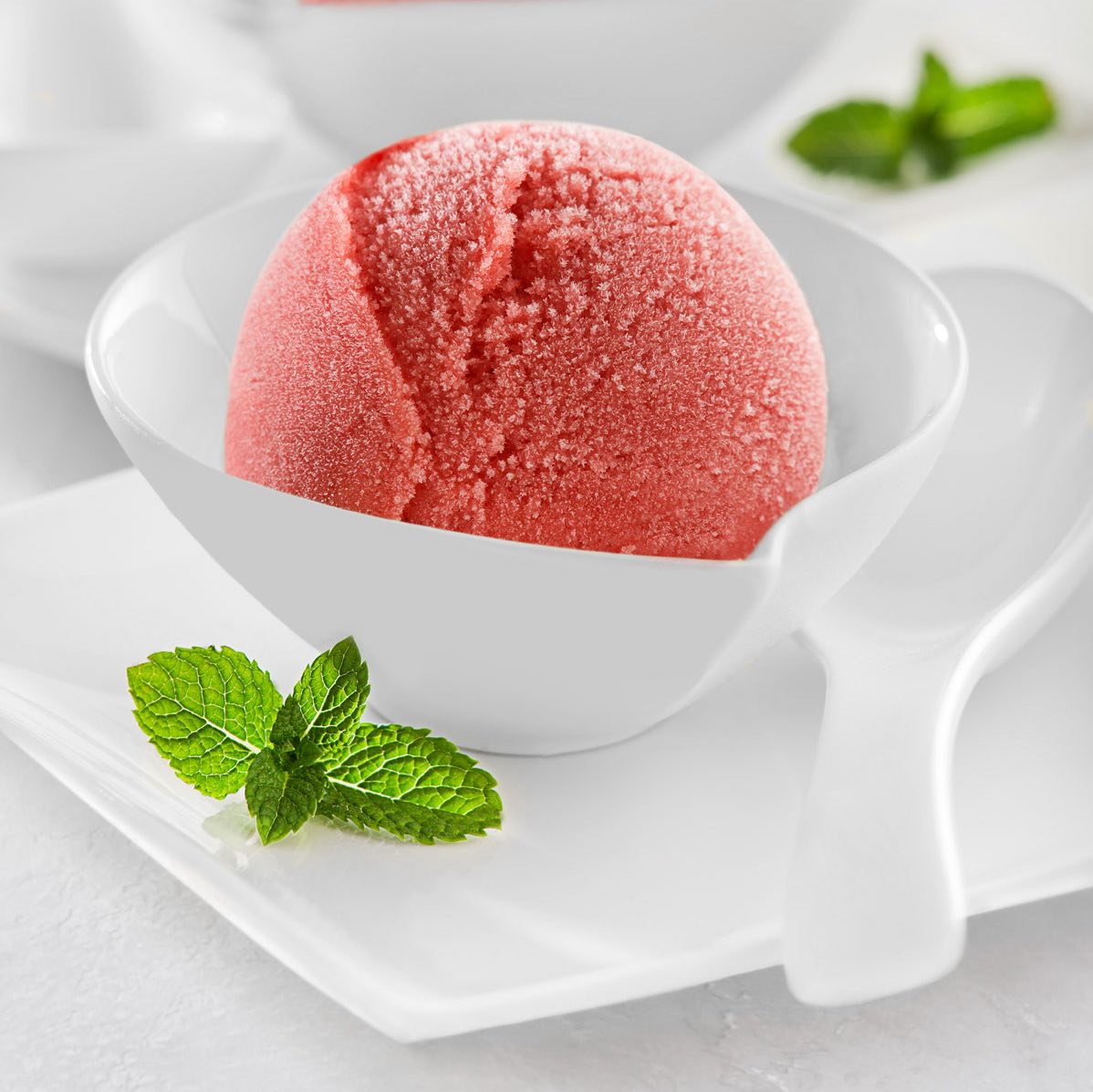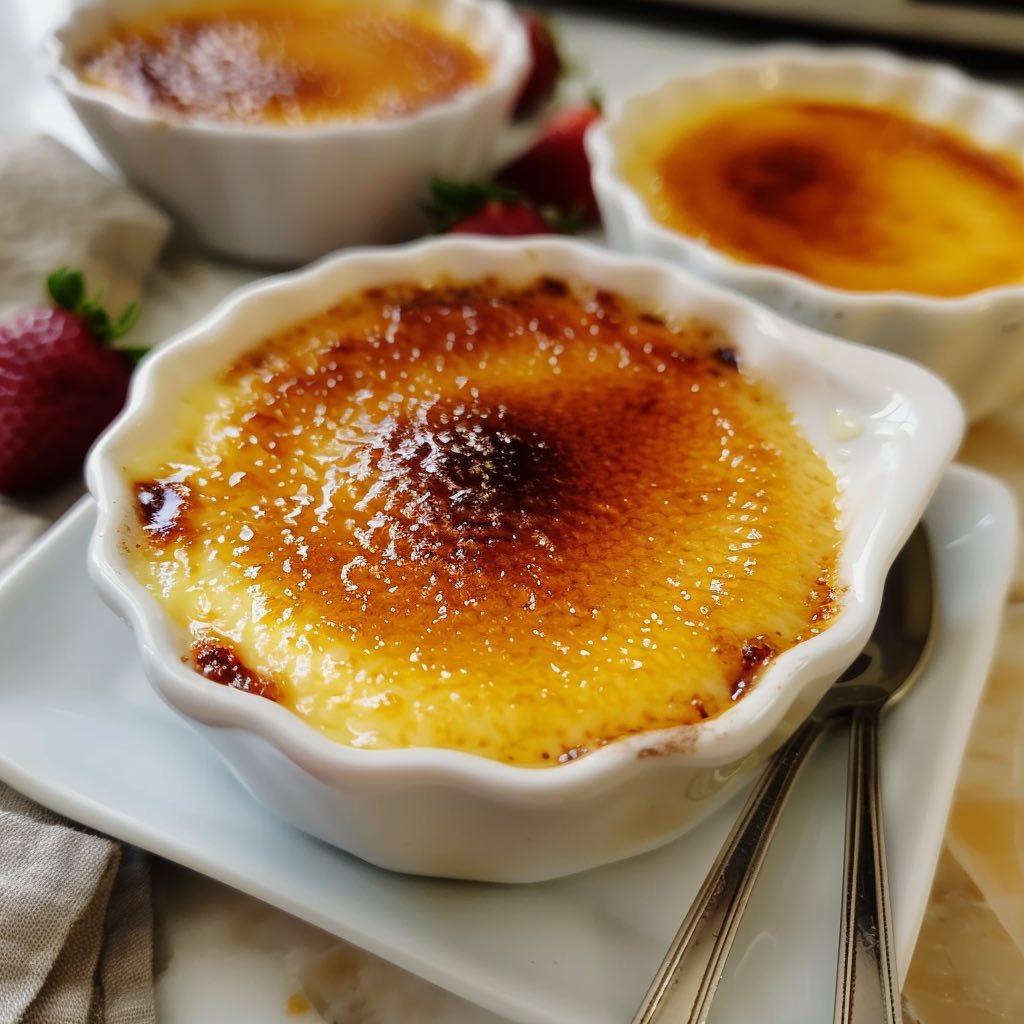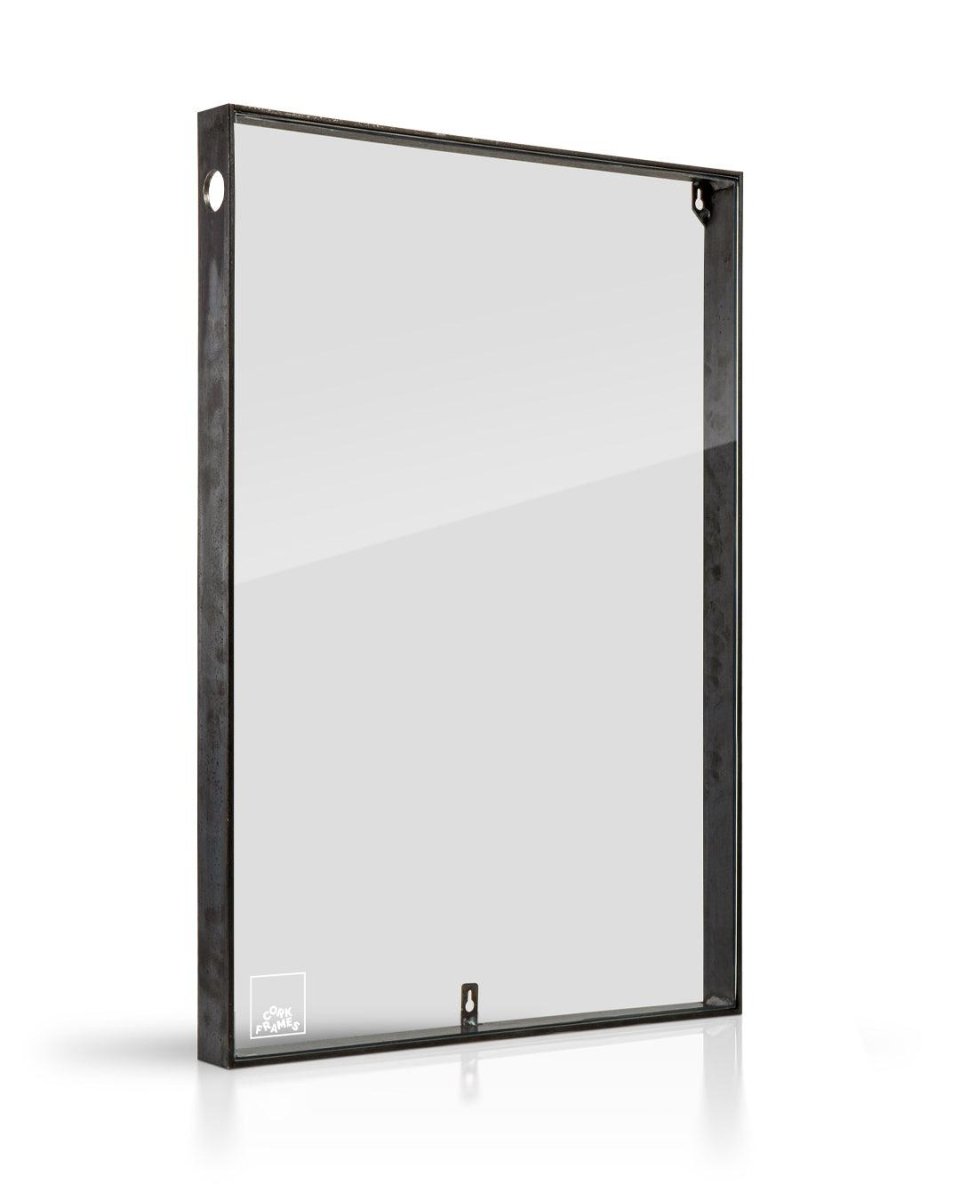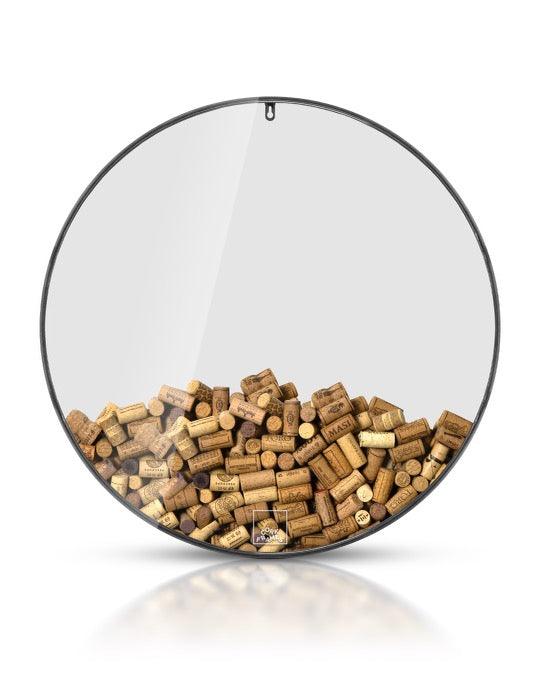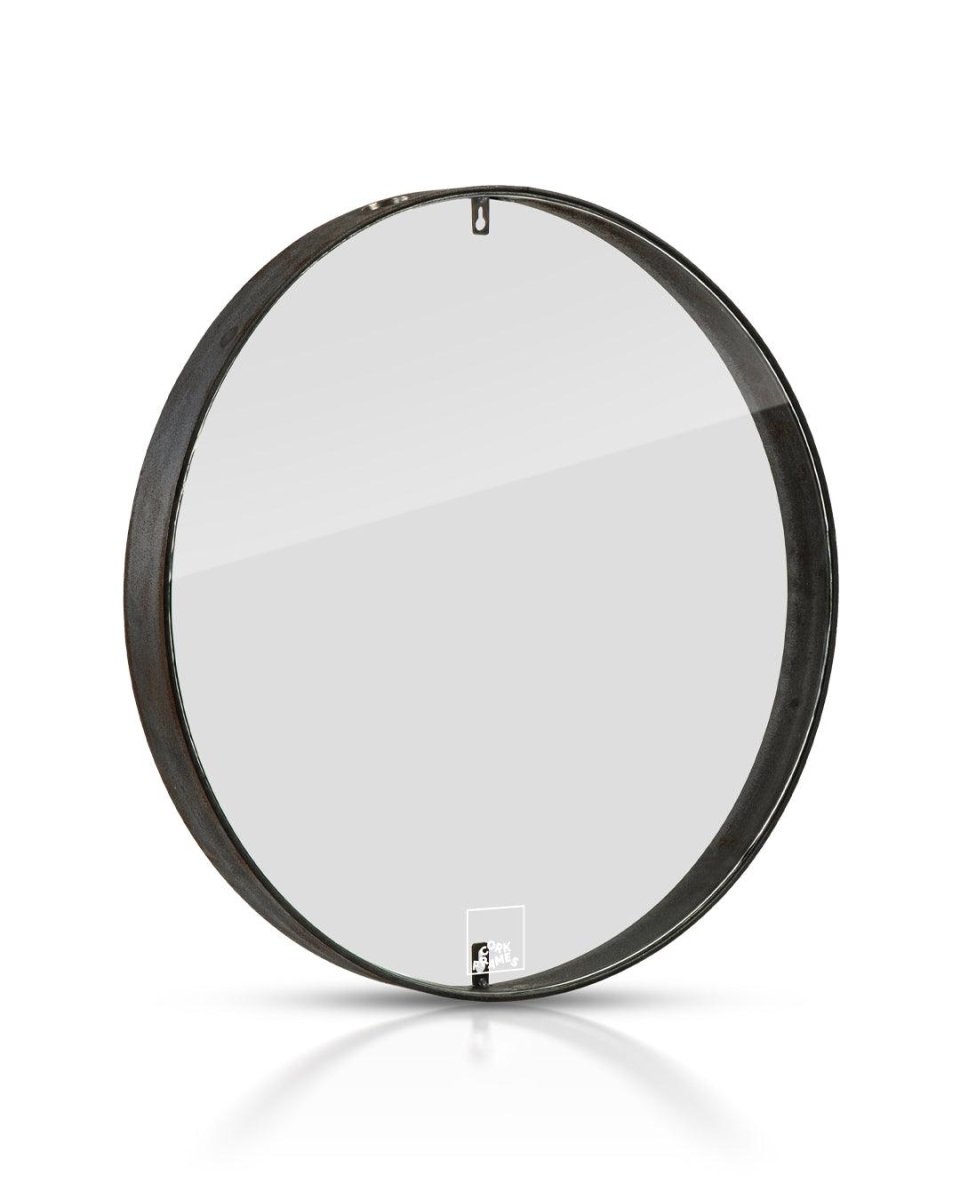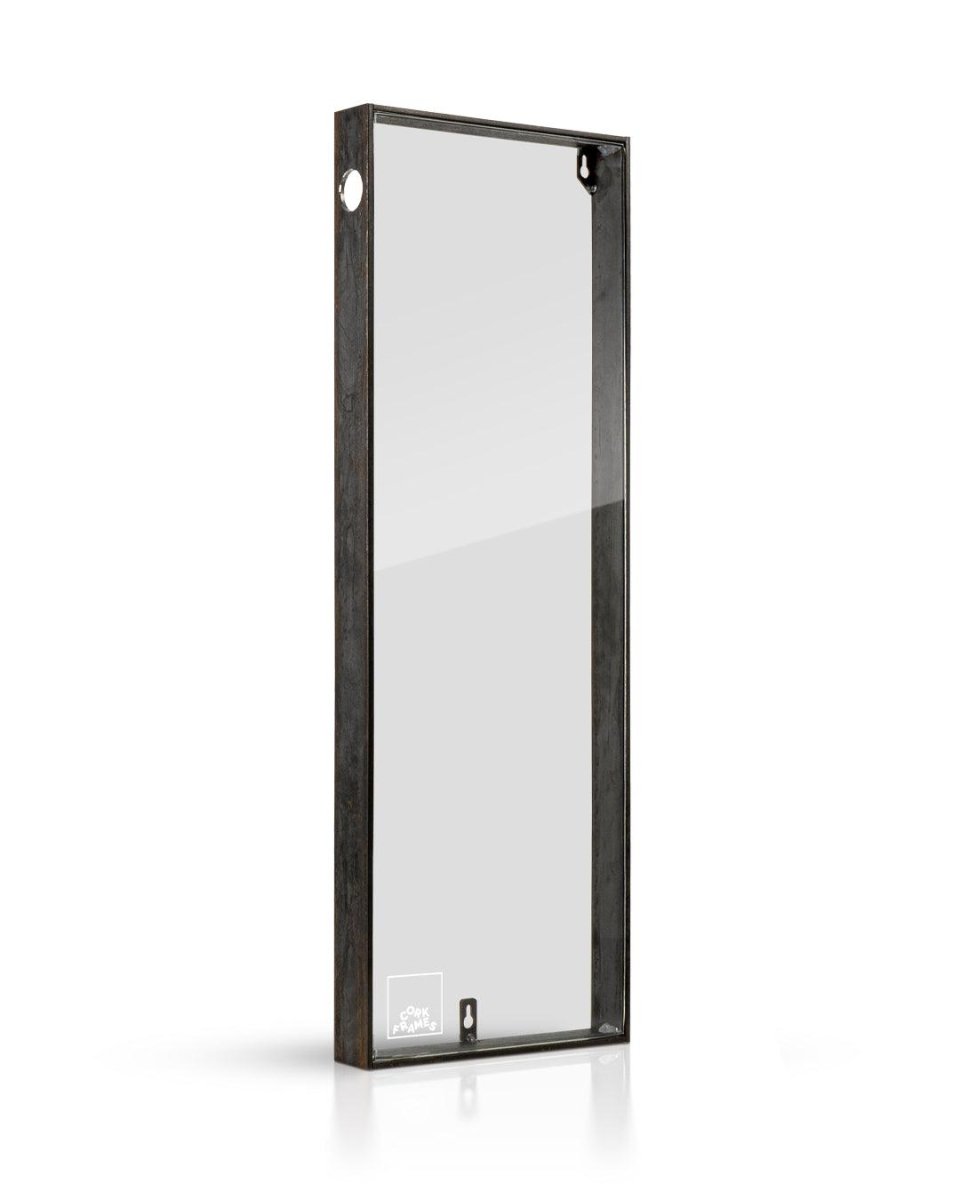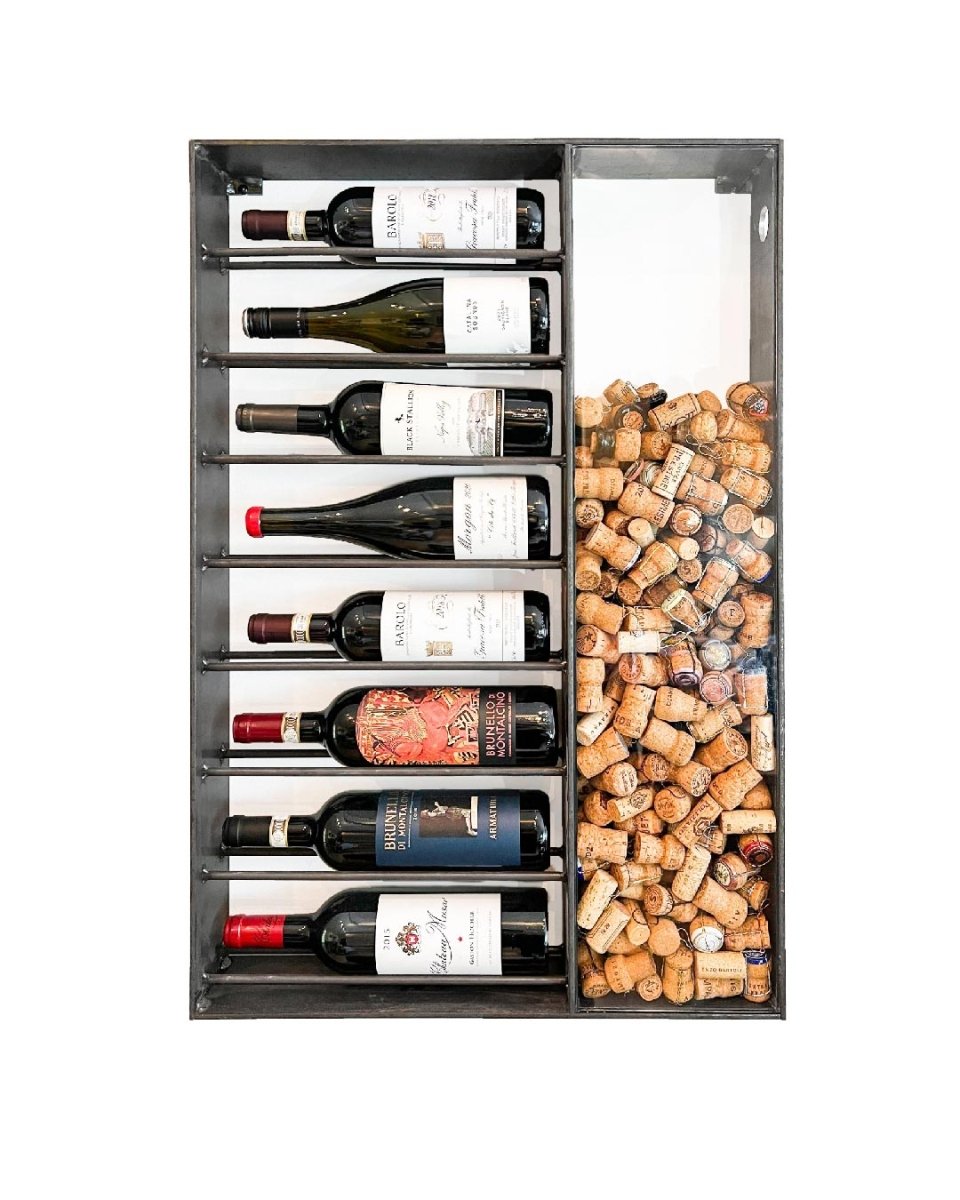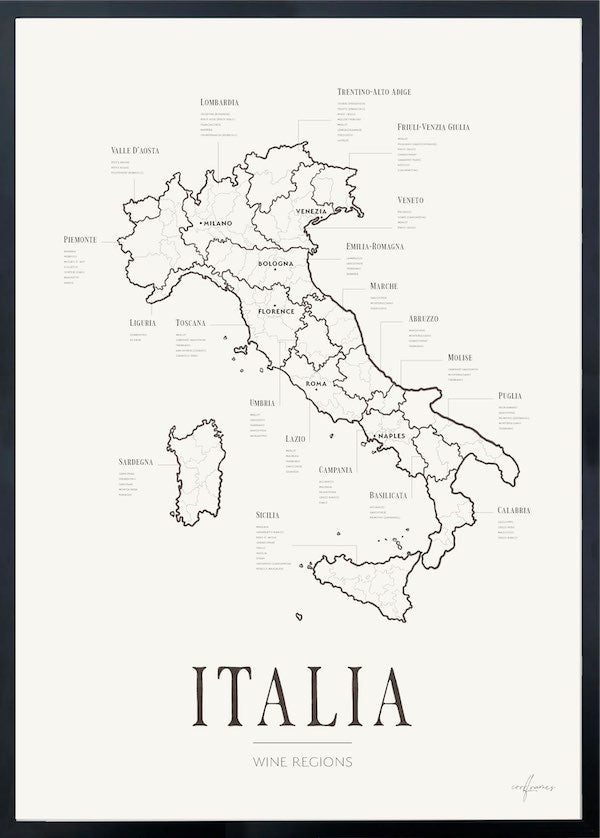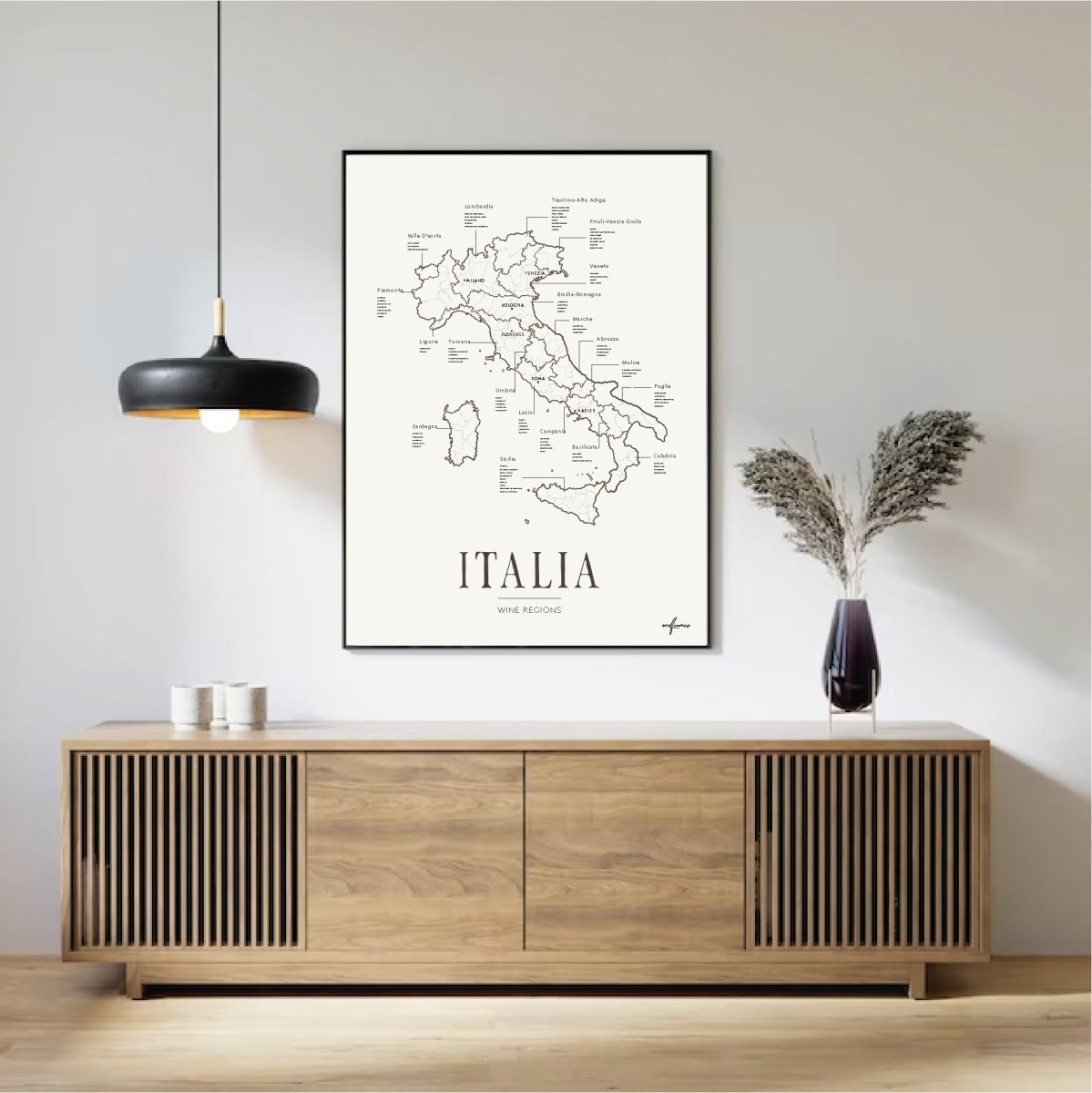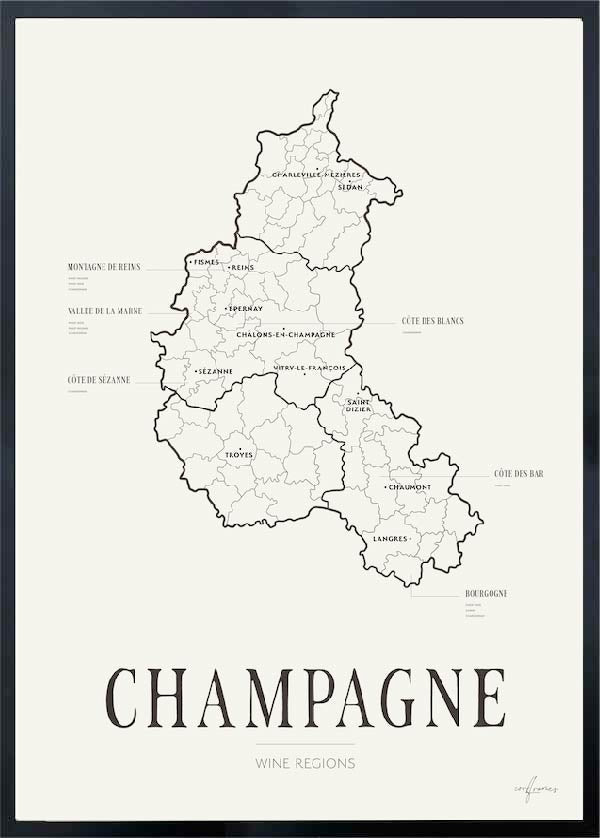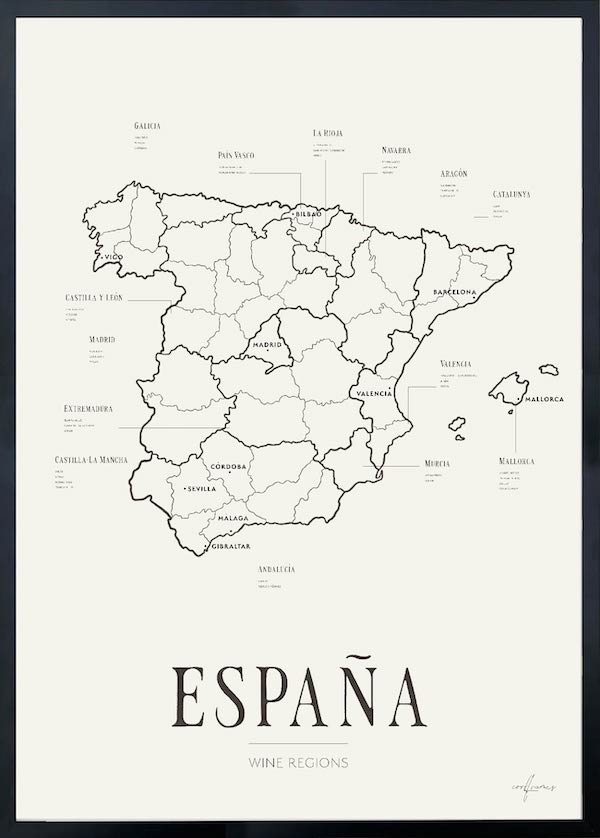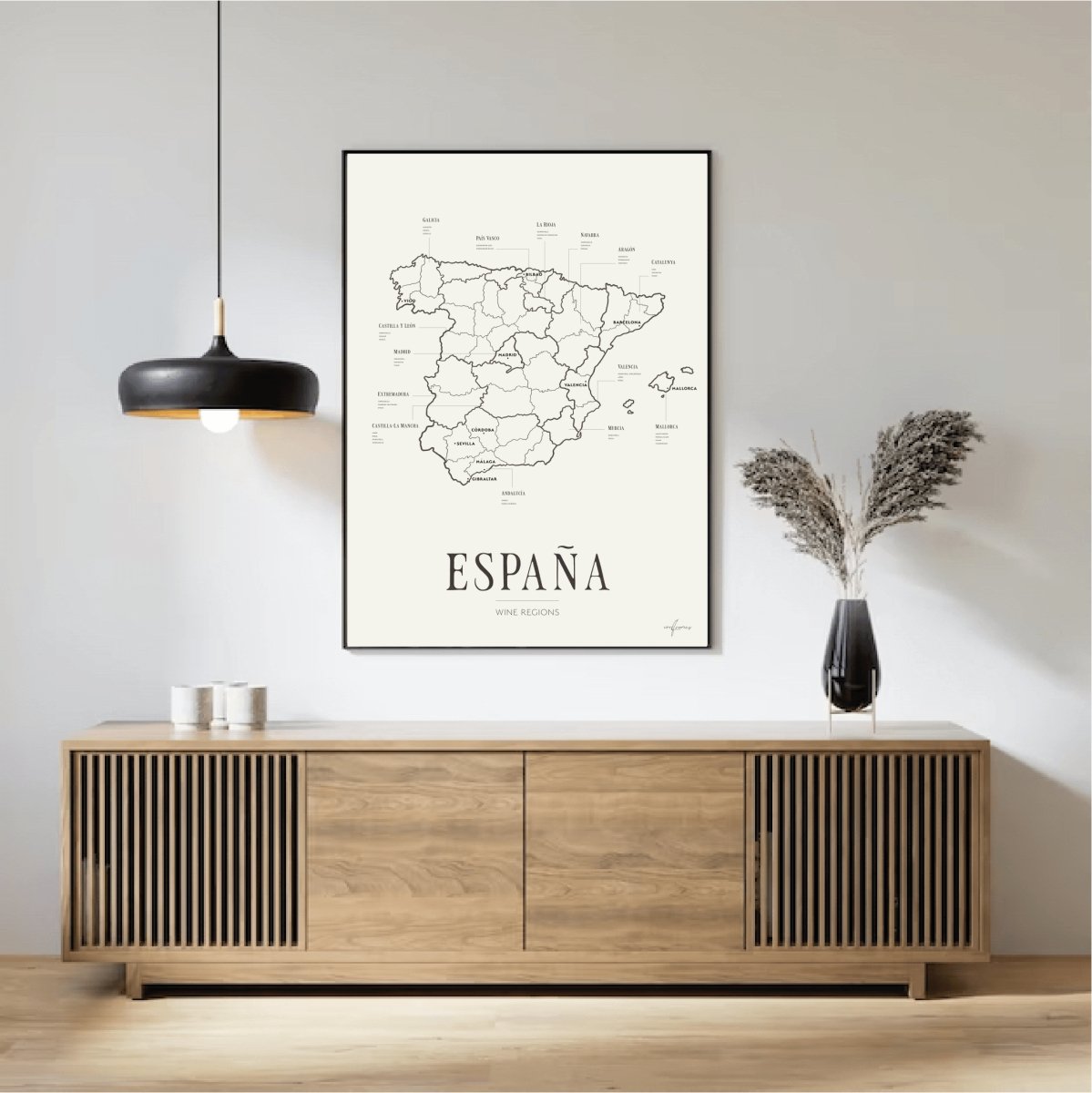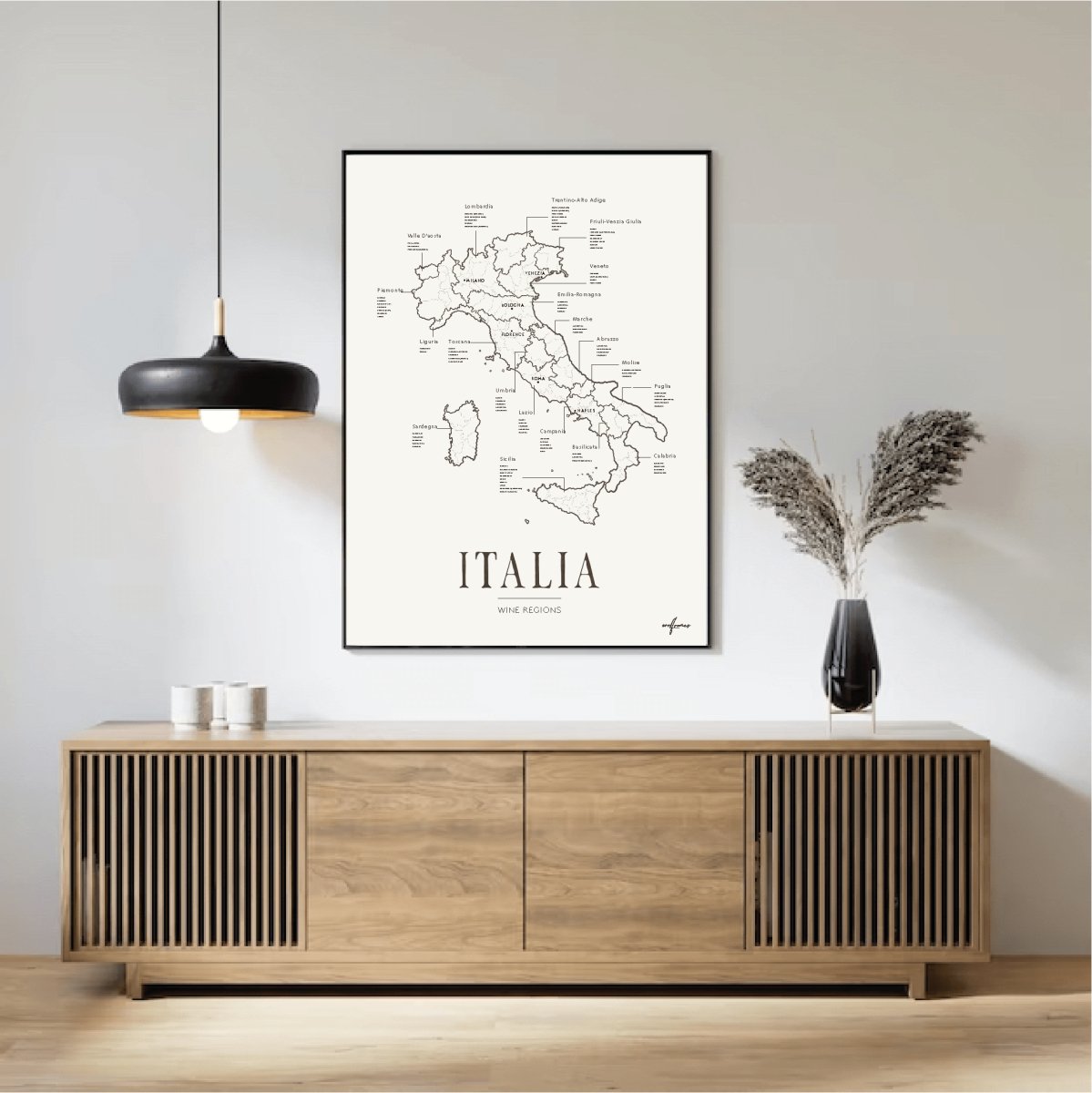Glögg, a type of warm, spiced wine, has a long and fascinating history that dates back to ancient Rome. During the Roman Empire, it was popular to spice wine with various herbs and spices to enhance its flavor and extend its shelf life.
This spiced wine later spread to the northern parts of Europe, where the tradition evolved and adapted to local tastes and ingredients.
In Sweden, glögg holds a special place in winter and Christmas traditions. As early as the Middle Ages, there are documented references to spiced wine, often called "claret" or "hypocras." The modern version of glögg, with hints of cinnamon, cardamom, ginger, and cloves, began to take shape in the 19th century. It became particularly popular during the Swedish Romantic era, when it was often served as part of Christmas celebrations.
Beyond Sweden, other Nordic countries like Norway and Finland have similar traditions. In Denmark, the popular counterpart to glögg is known as "gløgg." Germany also has a similar beverage, known as "Glühwein," which is very popular during Christmas markets there. In Eastern and Central Europe, there are also variations of this spiced warm drink, such as "mulled wine" in the United Kingdom and "vin chaud" in France.
Global Variants of Glögg
Though glögg has its roots in Europe, the tradition of spiced wine has spread to other parts of the world. In the United States, there is a growing trend of enjoying "mulled wine" during the winter season, especially in cities with cold winters. Even in countries like Canada and Australia, spiced wine is occasionally enjoyed, though it is not as widespread as in Europe.
Serving Tips and Temperature
To fully appreciate glögg, serving temperature is important. Glögg should be served warm, but not boiling, to allow the flavors to fully develop. The ideal serving temperature for glögg is between 70 and 80 degrees Celsius (158 to 176 degrees Fahrenheit). This makes the drink warm enough to release the aromatic spices without evaporating the alcohol or causing burns.
Glögg is traditionally served in small cups or glasses and can be enjoyed with accompaniments such as raisins and almonds. For those who prefer a non-alcoholic version, there are plenty of alternatives with the same spicy flavor profile, made with fruit juices instead of wine.
Drinking glögg is not just a taste experience, it is also a way to gather and celebrate together during the cold winter months. Whether one is in snow-covered Sweden or at a Christmas market in Germany, glögg is a drink that warms both body and soul.


